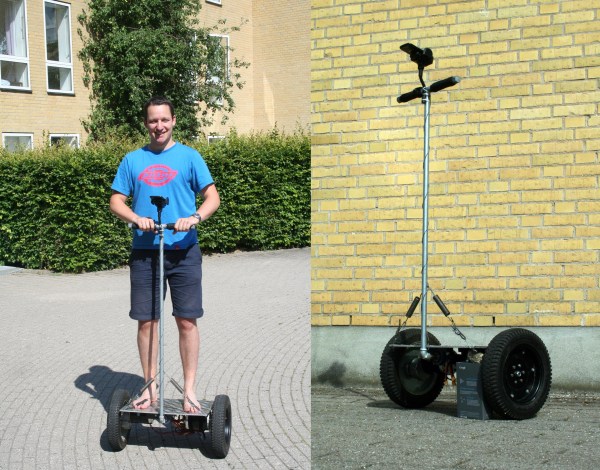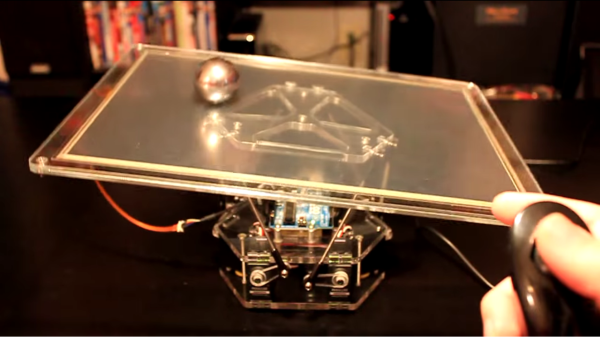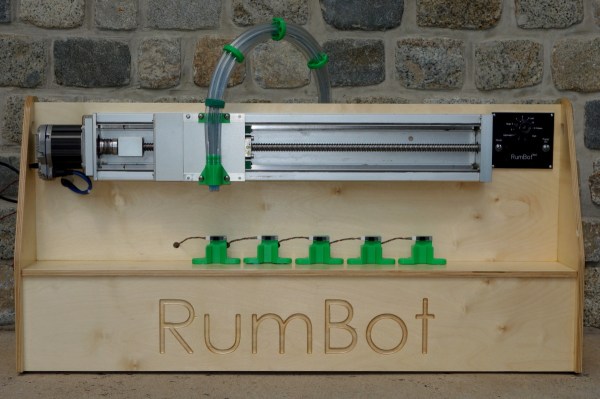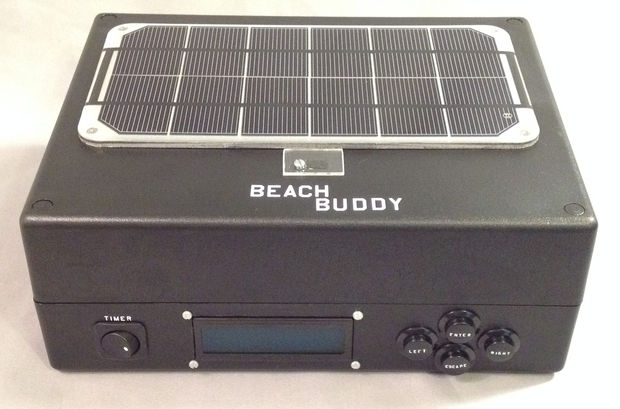[Kristian] just put the finishing touches on his full size Segway built from scratch.
Back in 2012, he made a small balancing robot using a gyroscopic sensor and a PID controller — you can see the original post here. The cool thing is, he’s basically just scaled up his original project to create this full-size Segway!
It uses two 500W 24V DC motors (MY1929Z2) on an aluminum check plate frame, with the rest of the structure made from steel plumbing and fittings. What we really like is the steering linkage; similar to a real Segway, you pull the handle in the direction you want to turn. He’s accomplished this by putting another length of pipe parallel to the wheels which is connected by an elbow fitting to the handle bar. It’s supported by two pillow block bearings, and in the back is a fixed potentiometer — when you lean the handle bars one way, the pipe rotates, spinning the potentiometer. To make it return to neutral, he’s added springs on either side.
There’s an impressive build log to go along with it, and a great demonstration video after the break.
Continue reading “Impressive Homemade Segway Is The Real Deal”

















